What Shape of Wire Should I Use to Make Jewelry
If you've already explored wire tempers and gauges, you're well on your way to mastering the basics of wire jewelry making. Now, it's time to connect the dots-let's talk about wire shapes and how they affect your designs.
In this guide, we'll focus on the most commonly used wire shapes in traditional, cold-connection wire jewelry-the kind that doesn't involve soldering or glue. These shapes are essential tools for any artist who wants to create strong, beautiful pieces with just wire and hand tools.
Quick Note: When we talk about making jump rings in this article, we're referring to individual jump rings used for connecting components or chains-not for chain maille. That's a separate art form with its own techniques and experts!
In this guide, we'll focus on the most commonly used wire shapes in traditional, cold-connection wire jewelry-the kind that doesn't involve soldering or glue. These shapes are essential tools for any artist who wants to create strong, beautiful pieces with just wire and hand tools.
Quick Note: When we talk about making jump rings in this article, we're referring to individual jump rings used for connecting components or chains-not for chain maille. That's a separate art form with its own techniques and experts!
Round Wire: Why It's a Staple in Jewelry Making and How to Use It
Round wire is by far the most common and affordable type of jewelry wire-and for good reason.
All wire starts out round, so it doesn't require reshaping during manufacturing. That makes it cheaper to produce and easier to find than other shapes.
All wire starts out round, so it doesn't require reshaping during manufacturing. That makes it cheaper to produce and easier to find than other shapes.

Why Round Wire is a Go-To for Beginners

Twisting Tips:
While a single round wire won't show much visual change when twisted (it just gets harder), you can twist two or more round wires together for beautiful texture and strength.
This technique works especially well for making:
Bracelets
Heavy collars
Decorative wire accents
While a single round wire won't show much visual change when twisted (it just gets harder), you can twist two or more round wires together for beautiful texture and strength.
This technique works especially well for making:
Pro Tip: Twisting multiple wires doesn't just add style-it also creates a sturdier structure for larger, more dramatic pieces.

What Can You Do with Small-Gauge Round Wire?
Small-gauge round wire-especially 28, 26, and 24 gauge in dead soft temper-is incredibly flexible and perfect for detailed, delicate techniques.

Common Uses for Thin Round Wire:

Don't Forget About Round Half-Hard Wire
Smaller gauges in half-hard or medium-hard temper are also useful for:
Lightweight Headpins
Attaching Small-Holed Beads (like pearls) to larger, structured pieces
For example, you can "string" pearls on a thin round wire and connect that line of pearls into a thicker pendant or bracelet frame-adding elegance and stability at the same time.
For example, you can "string" pearls on a thin round wire and connect that line of pearls into a thicker pendant or bracelet frame-adding elegance and stability at the same time.

Best Uses for Medium-Gauge Wire (20g-21g) in Jewelry Projects
21-gauge and 20-gauge round wire are true multitaskers in jewelry making. Whether you're working with half-hard, full-hard, or dead soft temper, these sizes strike the perfect balance between strength and flexibility.
Popular Uses for 20g-21g Wire:
Ear Wires (all styles)
Individual Jump Rings
Lightweight Hooks and Clasps
Pins for Brooches
Custom Eye Pins & Headpins
Popular Uses for 20g-21g Wire:

Bonus Techniques to Try:
Spirals: In dead soft or medium-hard temper, both gauges are perfect for crafting smooth, uniform spirals
Wrapped Loops & Links: Works great for rosary-style chains or decorative links
Sculpted Wire Designs: Use dead soft wire for freeform sculpted pieces or to build wire cages for tumbled stones
Wire Jigs: These gauges are ideal for shaping on jigs, offering both control and form-holding ability
Pro Tip: If you're unsure where to start, 20g and 21g wire in half-hard is a safe bet for most functional components.

Large Round Wire (18g - 16g)
18-gauge and 16-gauge round wire are your go-to choices when you need strength and structure in your jewelry. These heavier wires are best used in a dead soft temper-because they work-harden quickly as you shape them.
Best Uses for Large-Gauge Round Wire:
Neck Wires & Collars
Bracelet Frames
Strong Clasps & Hooks for heavy jewelry
Durable Jump Rings to secure larger or handcrafted components
Best Uses for Large-Gauge Round Wire:

Creative Techniques to Try:
Hammer It Flat: Use a chasing hammer to harden and flatten the wire
Add Texture: Try an embossing hammer to create decorative dimples and patterns
Wire-on-Wire Coiling: Use these gauges as a base wire to coil smaller wires around for an ornate effect
Design Idea: Large-gauge wire is fantastic for creating freeform rings, earrings, and statement designs that feel bold and organic
Hammering Tip:
If you're using medium-hard colored craft wire, be careful when hammering-especially with tools like chasing hammers. The colored coating may chip or flake, and those imperfections are tough to fix.
Hammering Tip:
If you're using medium-hard colored craft wire, be careful when hammering-especially with tools like chasing hammers. The colored coating may chip or flake, and those imperfections are tough to fix.

Extra-Heavy Round Wire (14g - 12g)
When it comes to serious strength, 14-gauge-and occasionally 12-gauge-is the heaviest wire most wire jewelry artists work with. These thick wires are best used in a dead soft temper, since they harden quickly as you shape them.
Where to Use 14g and 12g Wire:
Upper Arm Bracelets (cuffs that hold their shape)
Hair Combs with decorative wirework
Tiaras & Crowns
Torque-Style Neck Pieces (structured, open-ended collars)
Where to Use 14g and 12g Wire:
Pro Tip: These heavy wires act as strong structural bases, ideal for building large-scale or ceremonial jewelry designs that demand durability and presence.

What Is Square Wire and How Is It Used in Jewelry Making?
Square wire is a favorite among wire artists who want precision, structure, and symmetry in their work. It's especially popular in:
Traditional wire jewelry designs (best in half-hard temper)
Sculpted designs (easier with dead soft wire)
How it's made: Square wire starts as round and is pulled through a square die, reshaping it into clean, flat-sided edges.
How it's made: Square wire starts as round and is pulled through a square die, reshaping it into clean, flat-sided edges.

Unique Advantage:
Square wire can be twisted in any temper to create a stunning "diamond-cut" effect-adding sparkle and texture to your designs.
Working with 24-Gauge Square Wire:
In half-hard, it's great for making: Tiny jump rings, and small earrings & pendant frames (for cabochons or faceted stones)
In dead soft, it's ideal for: Sculpting delicate settings for very small stones
Square wire can be twisted in any temper to create a stunning "diamond-cut" effect-adding sparkle and texture to your designs.
Working with 24-Gauge Square Wire:

22-Gauge Square Wire
If you're looking for one square wire size that does it all, 22-gauge half-hard is your go-to.
This gauge is widely used in classic wire jewelry designs because it offers just the right balance of strength, shape retention, and workability.
What Can You Make with 22g Square Wire?
Framed Cabochons
Fashion Rings
Structured Frames for pendants, earrings, and more
Whether you're building a sleek ring or wrapping a gemstone, 22g square wire gives you clean lines and consistent control-making it one of the most versatile options in any wire artist's toolkit.
This gauge is widely used in classic wire jewelry designs because it offers just the right balance of strength, shape retention, and workability.
What Can You Make with 22g Square Wire?
Whether you're building a sleek ring or wrapping a gemstone, 22g square wire gives you clean lines and consistent control-making it one of the most versatile options in any wire artist's toolkit.

21-20 Gauge Square Wire
21-gauge half-hard square wire is a surprisingly versatile choice-and yes, you can even use it to make ear wires! When twisted, it creates a textured surface that helps prevent earrings from slipping out-ideal for added security and style.
What to Make with 21g Half-Hard Square Wire:
Slip-resistant ear wires
Bracelets, earrings, and necklace components
Clasps, hooks, and headpins
Great for Men's Rings Too:
For more robust designs-like classic cabochon rings for men-21g or 20g half-hard square wire offers the durability and strength you need.
What to Make with 21g Half-Hard Square Wire:
Great for Men's Rings Too:
For more robust designs-like classic cabochon rings for men-21g or 20g half-hard square wire offers the durability and strength you need.

Dead Soft Options for Sculpting:
In dead soft temper, both 20- and 21-gauge are excellent for:
Sculpted cabochon pendants
Wrapped earrings
Select ring patterns that call for a more malleable wire
Whether you're aiming for structure or sculptural freedom, these gauges give you room to create with confidence.
In dead soft temper, both 20- and 21-gauge are excellent for:
Whether you're aiming for structure or sculptural freedom, these gauges give you room to create with confidence.

18g - 16g Gauge Square Wire
When you need serious durability in your wirework, 18- and 16-gauge square wire in a half-hard temper is a powerful choice. These larger gauges offer the stability and spring needed for heavy-duty pieces.
Ideal Uses for 18g-16g Half-Hard Square Wire:
Thick, sturdy bracelets
Stress-bearing handmade components
Strong clasps and hooks
Get Creative with Dead Soft Temper:
Add texture easily with a hammer or embossing tool
Work-hardens quickly, making it ideal for sculptural designs that need to hold their shape
These heavier square wires combine strength and style-perfect for bold statement pieces that still maintain crisp, clean lines.
Ideal Uses for 18g-16g Half-Hard Square Wire:
Get Creative with Dead Soft Temper:
These heavier square wires combine strength and style-perfect for bold statement pieces that still maintain crisp, clean lines.

12g - 14g Gauge Square Wire
12- and 14-gauge square wire are among the thickest wire sizes used in wire jewelry. These hefty wires are usually worked in a dead soft temper, allowing you to shape them before they quickly harden into place.
Perfect for Structural Foundations:
Arm cuffs with bold, sculptural form
Base frames for crowns and tiaras
Torque-style necklaces
Neck wires that support intricate wirework or gemstone settings
These heavy square wires serve as strong foundationsfor your most dramatic designs-ideal when your piece needs to be both eye-catching and sturdy.
Perfect for Structural Foundations:
These heavy square wires serve as strong foundationsfor your most dramatic designs-ideal when your piece needs to be both eye-catching and sturdy.

What Is Half-Round Wire Used For in Wire Jewelry?
Half-round wire is a specialty wire used primarily for binding square wire bundles together-think of it as the "wrapping wire" that holds your design in place.
Best Uses for Half-Round Wire:
Wrapping square wire bundles in pendants, bracelets, rings, and necklaces
Twisting for texture-a single half-round wire can be twisted into a corkscrew pattern for unique earring designs
Gauge Tips:
Dead Soft (20g-22g): Great for delicate wraps, but may require many turns to hold larger bundles securely
Half-Hard (16g-20g): Stronger and better suited for functional wraps in structural pieces
Best Uses for Half-Round Wire:
Gauge Tips:
Pro Tip: Keep in mind half-round wire is half the thickness of the same gauge in square or round wire. Never use matching gauges for wraps-they won't hold securely.

What Is Pattern Wire and How to Use It in Jewelry Making
Pattern wire adds instant flair to your jewelry designs-thanks to its decorative surface, which is pressed with textures like vines, flowers, or geometric shapes during the milling process.
It's available in copper, sterling silver, and gold-filled, and comes in a variety of:
Widths (the top-facing dimension)
Thicknesses (important for pairing with other wires)
Standalone or Combined-You Choose:
Heavy-gauge pattern wire can be used on its own to create bracelets or neck collars
Pair it with square wire (especially half-hard) to build layered bracelets, necklaces, or rings with added texture and depth
Important Fit Tip:
When combining pattern wire with square wire, match the thickness of both wires. This ensures even wrapping and prevents one wire from overpowering or slipping over the other.
When matched correctly, pattern wire becomes both a structural and decorative highlight in your designs.
It's available in copper, sterling silver, and gold-filled, and comes in a variety of:
Standalone or Combined-You Choose:
Important Fit Tip:
When combining pattern wire with square wire, match the thickness of both wires. This ensures even wrapping and prevents one wire from overpowering or slipping over the other.
When matched correctly, pattern wire becomes both a structural and decorative highlight in your designs.

Wrapping It Up: Your Wire, Your Way
This article isn't meant to be a strict rulebook-it's a starting point. Think of it as a toolbox of ideas to help you better understand the different shapes, gauges, and tempers available in jewelry wire, and how they can open up new creative possibilities.
Whether you're:
New to wire jewelry and just learning the ropes, or
An experienced artist looking to explore new techniques or avoid costly trial and error,
I hope this guide has helped clarify questions, spark inspiration, or give you a new direction for your next design.
Keep experimenting, keep creating-and most of all...Stay Twisted!!
Whether you're:
I hope this guide has helped clarify questions, spark inspiration, or give you a new direction for your next design.
Keep experimenting, keep creating-and most of all...Stay Twisted!!
Materials

Wire

Pattern Wire

Free Jewelry Instructional DVD - Introduction to Traditional Wire Jewelry
free_dvd
- Lesson Quantity: 1.00 pieces
- Purchase Quantity: 1.00 each
- Price: $0.00
- Gold Club Price: $0.00

The Entire Traditional Wire Jewelry DVD Collection
dvd-entireset
- Lesson Quantity: 1.00 pieces
- Purchase Quantity: 1.00 each
- Price: $899.95
- Gold Club Price: $674.96
Tools

WireJewelry - Ultimate Wire-Pliers Jewelry Pliers with Case, Set of 5
G15-20
- G15-20
- Lesson Quantity: 1.00 pieces
- Purchase Quantity: 1.00 each
- Price: $170.72
- Gold Club Price: $128.04
- Category: Classic
- Technique(s): Wrapping, Weaving, Design, General Education
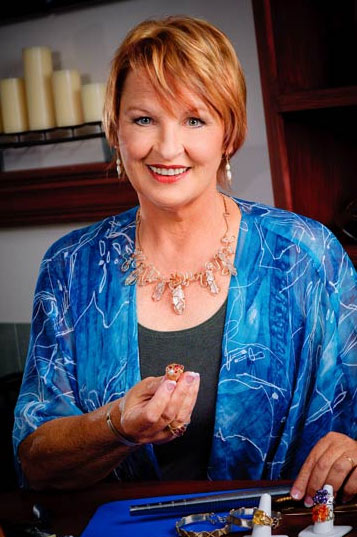







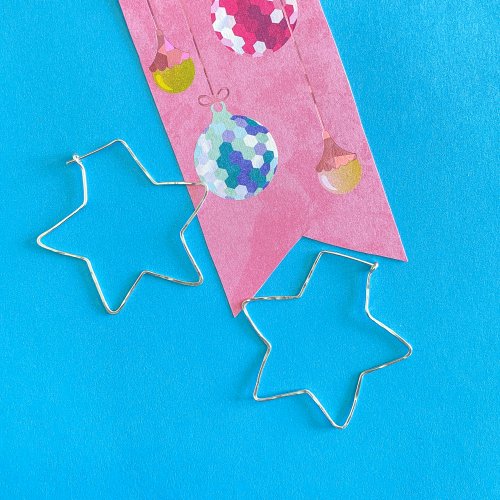
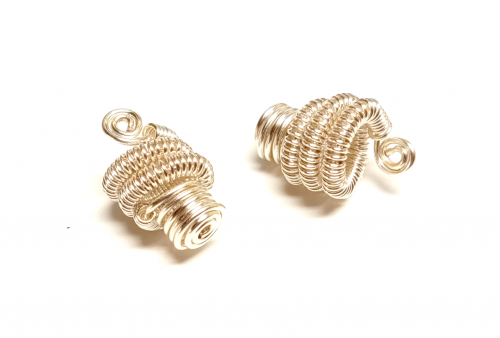
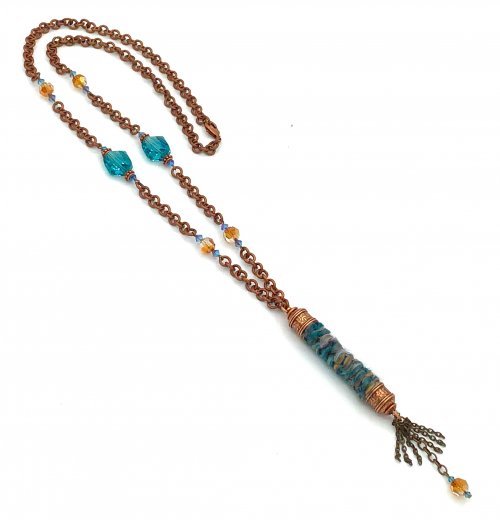

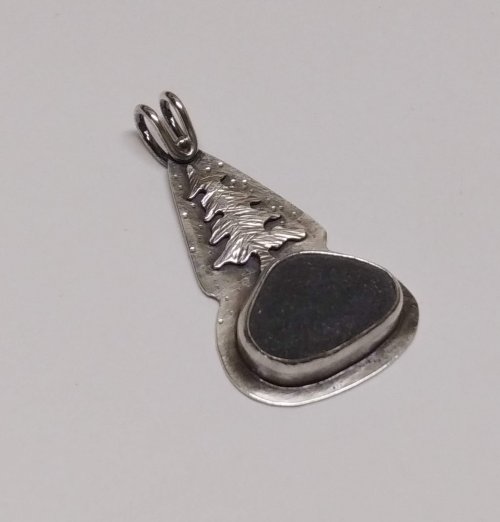
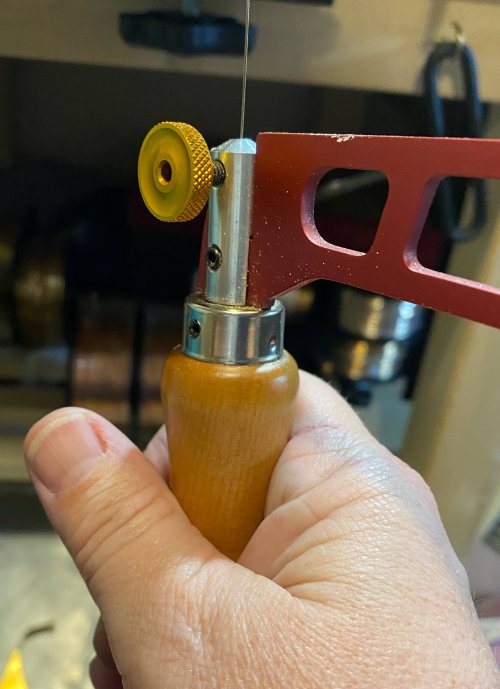
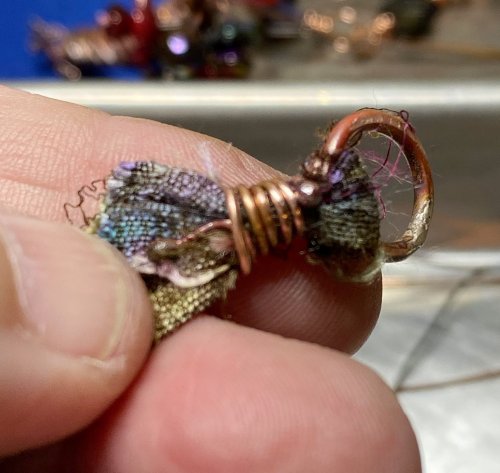
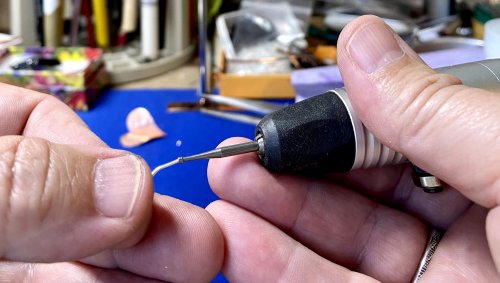
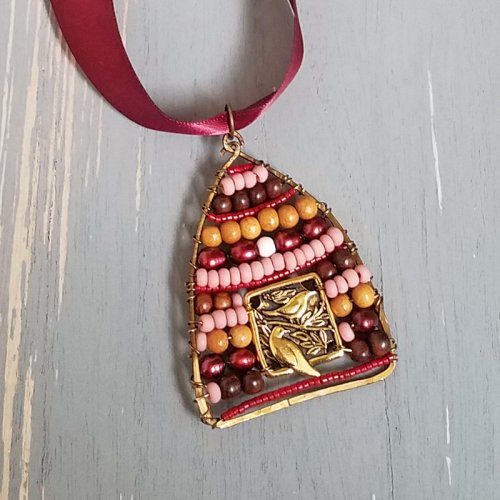
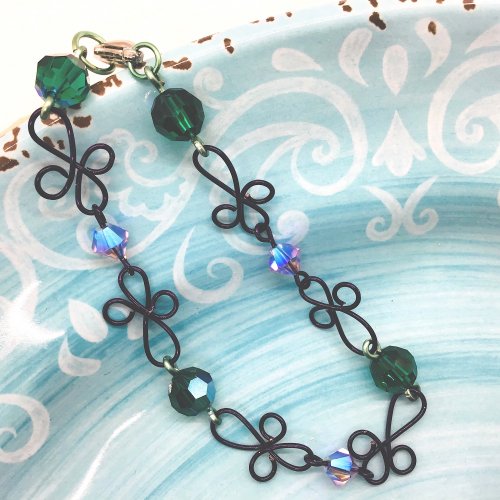



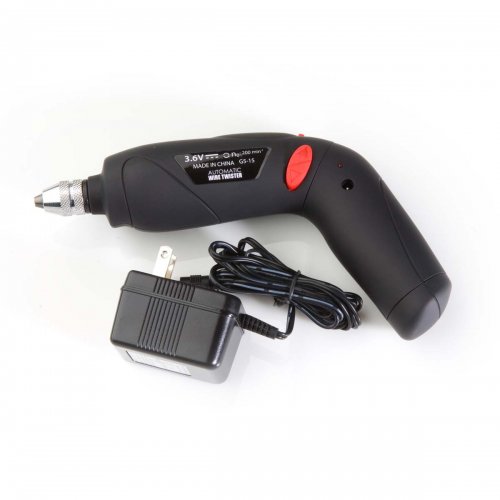 Getting Twisted - Jewelry Making Tools
Getting Twisted - Jewelry Making Tools
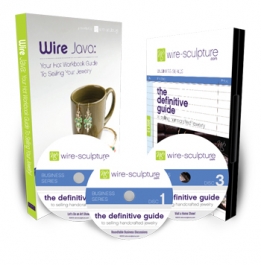 How to Price Your Wire Jewelry
How to Price Your Wire Jewelry
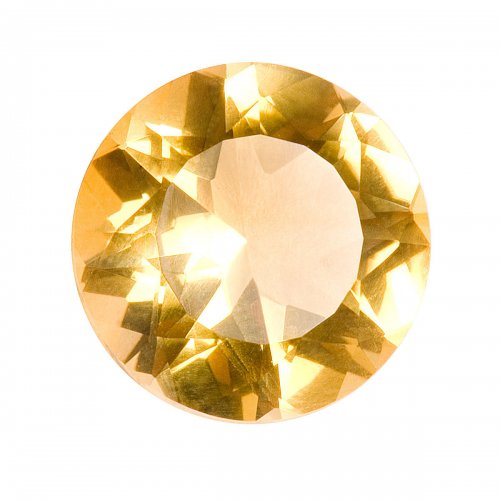 How to Measure Gemstones for Settings
How to Measure Gemstones for Settings
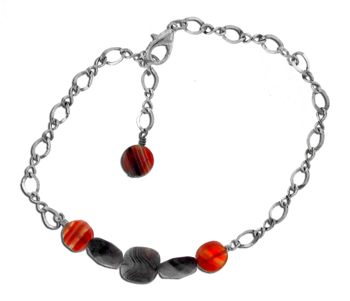 Cool Anklets are HOT
Cool Anklets are HOT
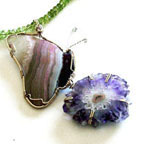 Inspiration Comes from Everywhere and Every Thing
Inspiration Comes from Everywhere and Every Thing
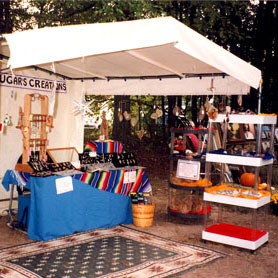 Wire Jewelry Display and Booth Ideas
Wire Jewelry Display and Booth Ideas
 Where to Sell Your Wire Jewelry
Where to Sell Your Wire Jewelry
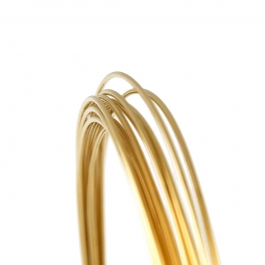 How to Choose Wire Temper for Making Jewelry
How to Choose Wire Temper for Making Jewelry
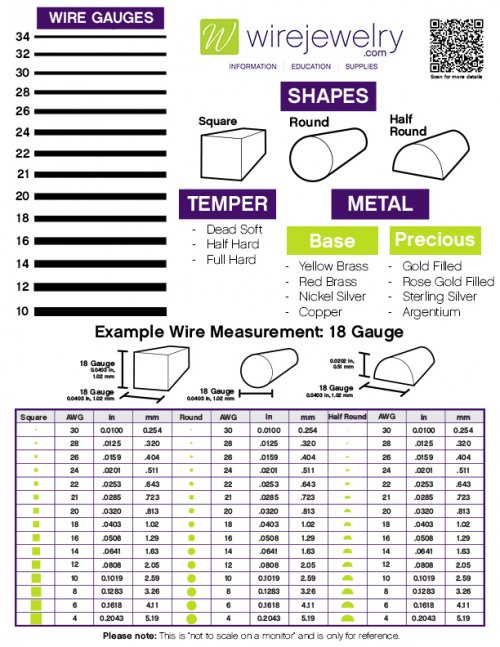 What Gauge of Wire Should I Use to Make Jewelry
What Gauge of Wire Should I Use to Make Jewelry
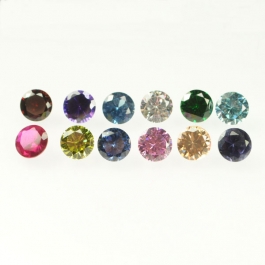 What's a Cubic Zirconia Stone
What's a Cubic Zirconia Stone
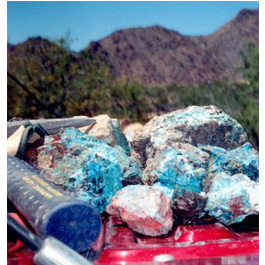 Rockhounding - A Beginner's Guide
Rockhounding - A Beginner's Guide
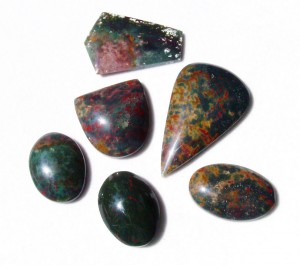 Gem Profile- Bloodstone
Gem Profile- Bloodstone
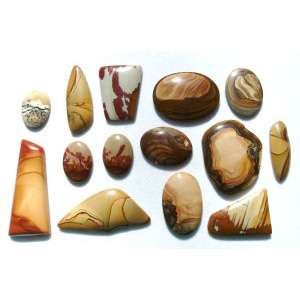 Gem Profile- Picture Jasper
Gem Profile- Picture Jasper
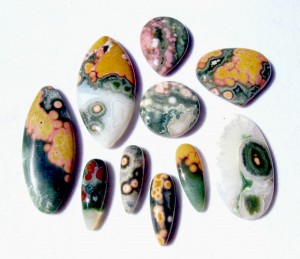 Gem Profile- Patterned Jaspers
Gem Profile- Patterned Jaspers
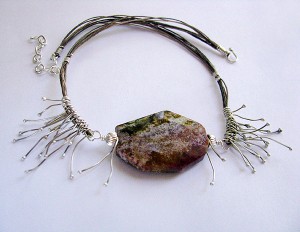 Gem Profile- What is Jasper
Gem Profile- What is Jasper
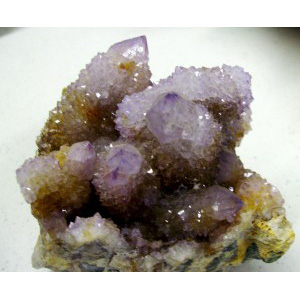 Gem Profile- Quartz Introduction
Gem Profile- Quartz Introduction
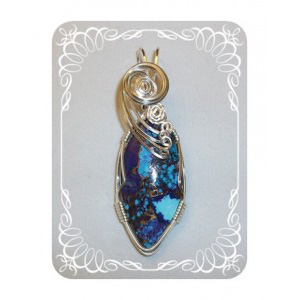 Gem Profile- Wishful Turquoise
Gem Profile- Wishful Turquoise
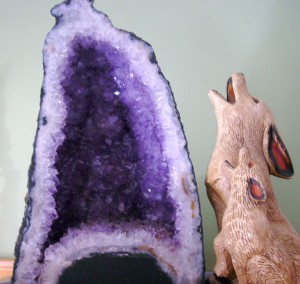 Gem Profile- Amethyst
Gem Profile- Amethyst
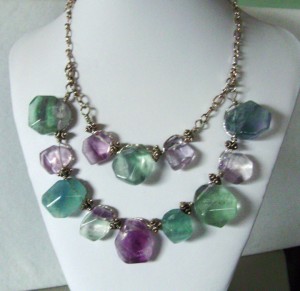 Gem Profile- Fluorite
Gem Profile- Fluorite
 Gem Profile- Obsidian
Gem Profile- Obsidian
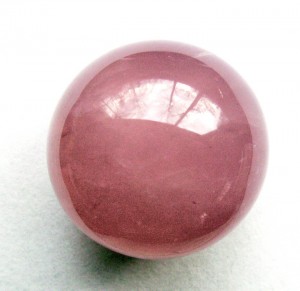 Gem Profile- Rose Quartz
Gem Profile- Rose Quartz
 Gem Profile- Smoky Quartz
Gem Profile- Smoky Quartz
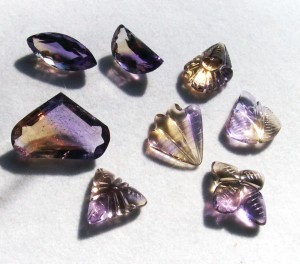 Gem Profile- Citrine and Ametrine
Gem Profile- Citrine and Ametrine
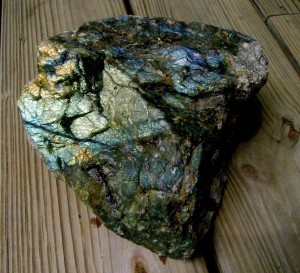 Gem Profile- Labradorite
Gem Profile- Labradorite
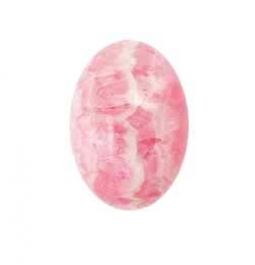 Gem Profile- Rhodochrosite
Gem Profile- Rhodochrosite
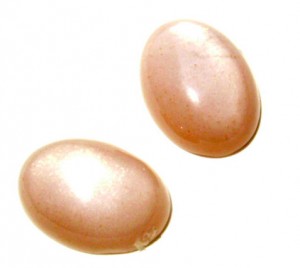 Gem Profile- Moonstone
Gem Profile- Moonstone
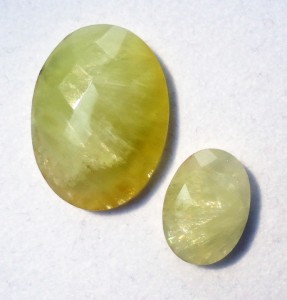 Gem Profile- Prehnite
Gem Profile- Prehnite
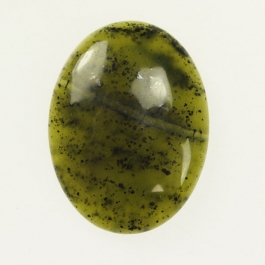 Gem Profile- Jade
Gem Profile- Jade
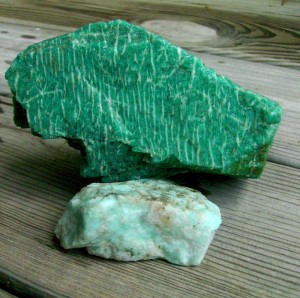 Gem Profile- Amazonite
Gem Profile- Amazonite
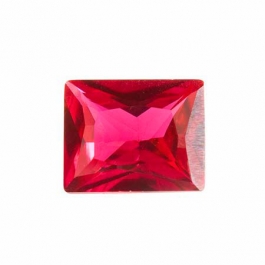 Gem Profile- Corundum
Gem Profile- Corundum
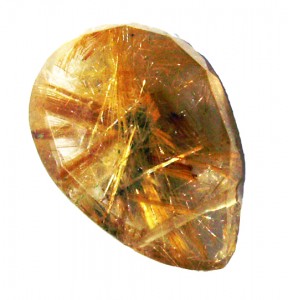 Gem Profile- Quartz with Inclusions Part 1
Gem Profile- Quartz with Inclusions Part 1
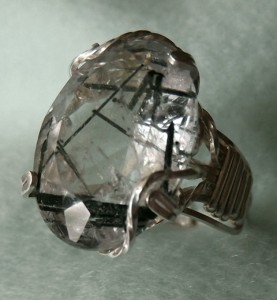 Gem Profile- Quartz with Inclusions Part 2
Gem Profile- Quartz with Inclusions Part 2
 Gem Profile- Aventurine
Gem Profile- Aventurine
 Gem Profile- Macrocrystalline Quartz
Gem Profile- Macrocrystalline Quartz
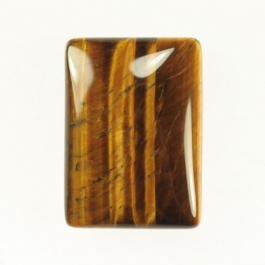 Gem Profile- Tiger Eye
Gem Profile- Tiger Eye
 Gem Profile- Fire Agate and Iris Agate
Gem Profile- Fire Agate and Iris Agate
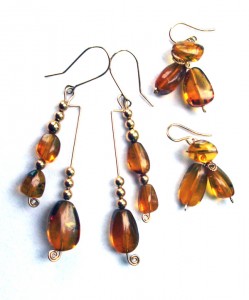 Gem Profile- Amber
Gem Profile- Amber
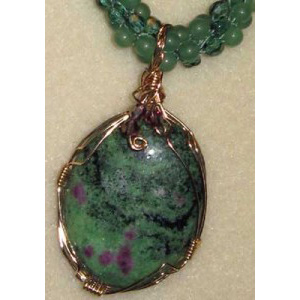 Gem Profile- Ruby Zoisite
Gem Profile- Ruby Zoisite
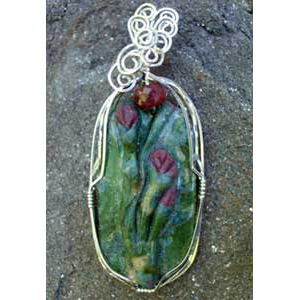 Gem Profile- Ruby Fuchsite
Gem Profile- Ruby Fuchsite
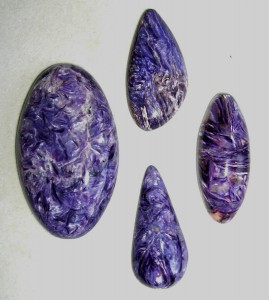 Gem Profile- Charoite
Gem Profile- Charoite
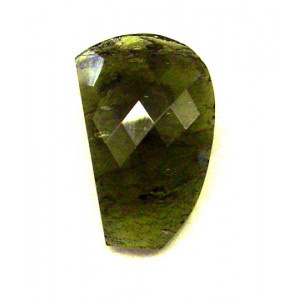 Gem Profile- Moldavite
Gem Profile- Moldavite
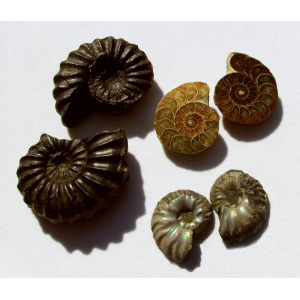 Gem Profile- Ammolite
Gem Profile- Ammolite
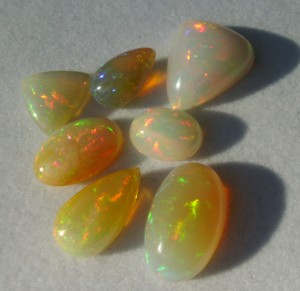 Gem Profile- White Precious Opal
Gem Profile- White Precious Opal
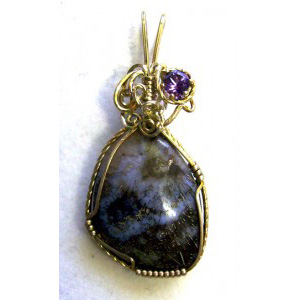 Gem Profile- Opalized Fossils
Gem Profile- Opalized Fossils
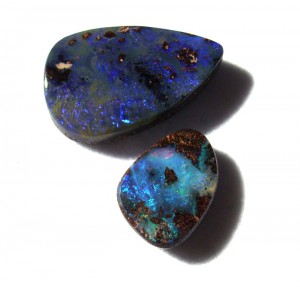 Gem Profile- Boulder Opal
Gem Profile- Boulder Opal
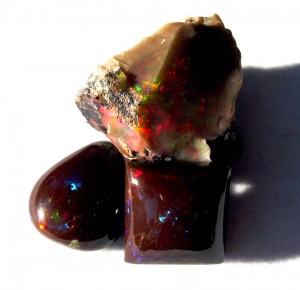 Gem Profile- Black Precious Opal
Gem Profile- Black Precious Opal
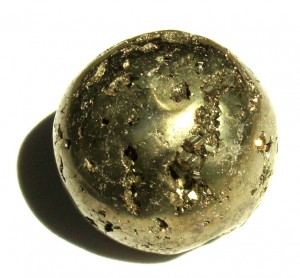 Gem Profile- Pyrite
Gem Profile- Pyrite
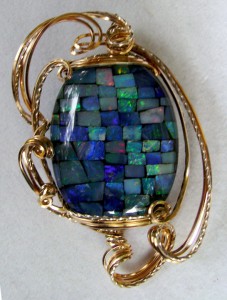 Gem Profile- Opal Introduction
Gem Profile- Opal Introduction
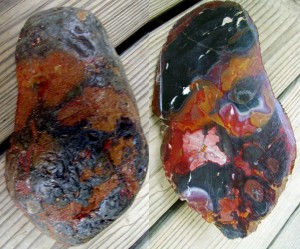 Gem Profile- Beautifully Colored Jasper
Gem Profile- Beautifully Colored Jasper
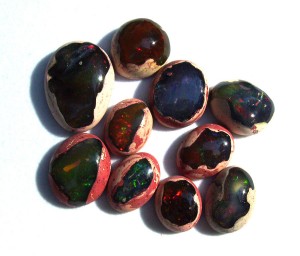 Gem Profile- Common Opal
Gem Profile- Common Opal
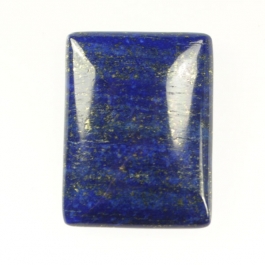 Gem Profile- Lapis Lazuli
Gem Profile- Lapis Lazuli
 Wire Sculpture Expert Dale -Cougar- Armstrong Interview
Wire Sculpture Expert Dale -Cougar- Armstrong Interview

